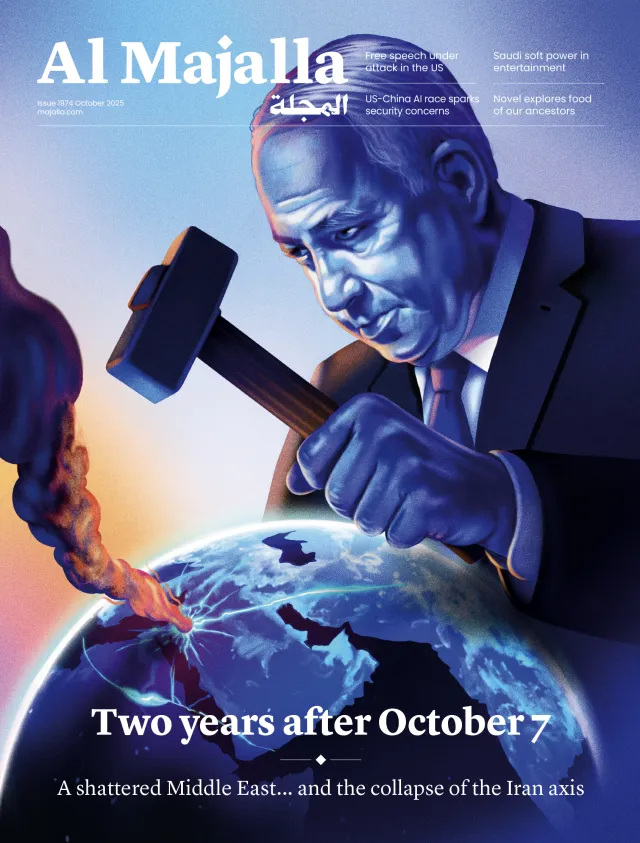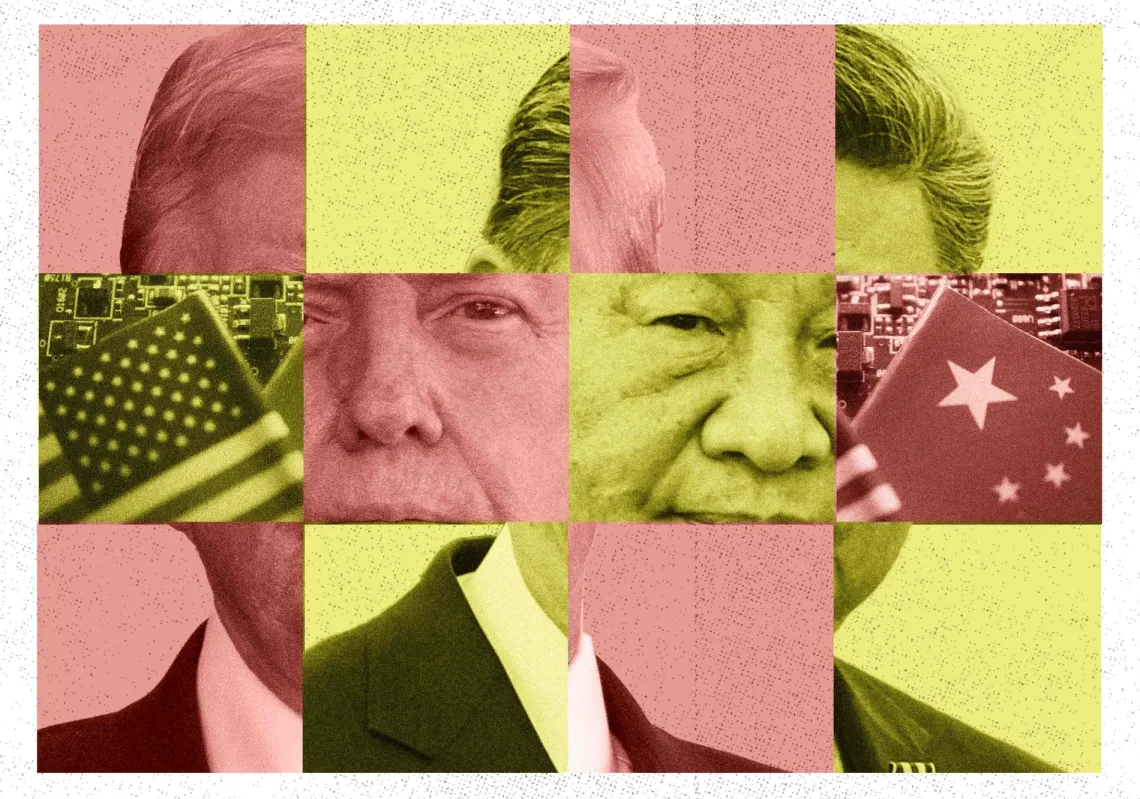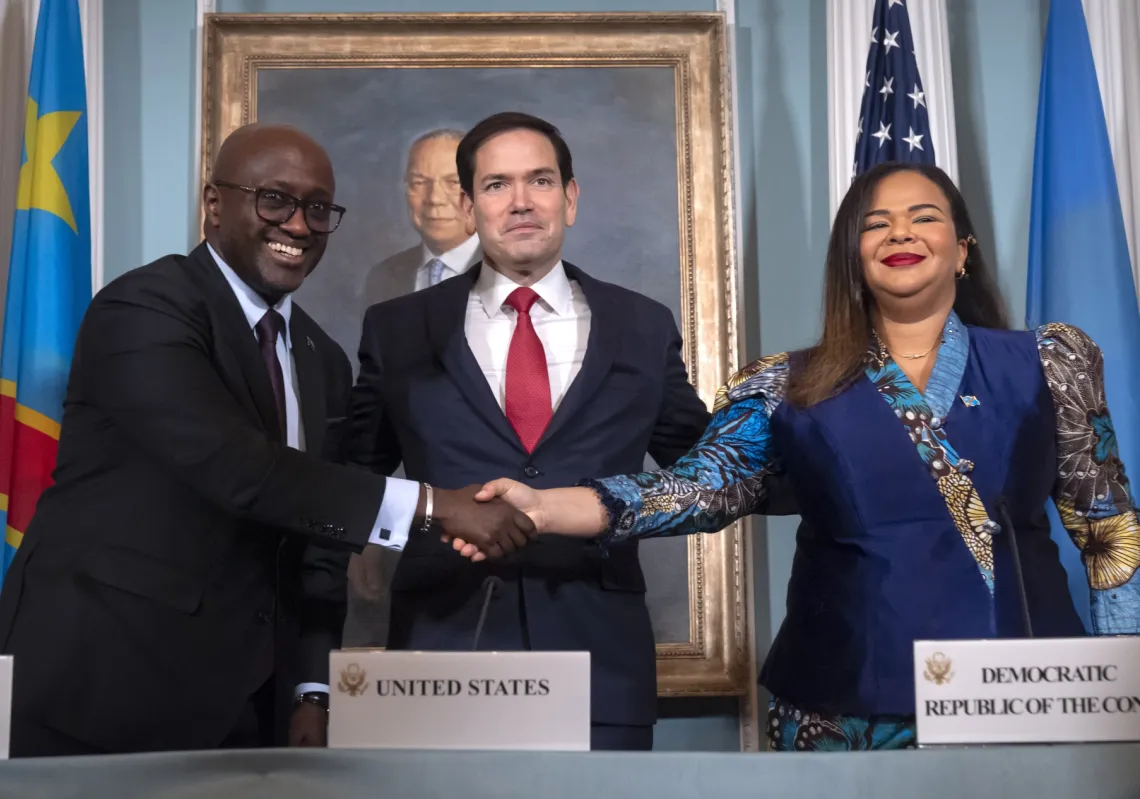The recent rise in the interest rate raised several questions, especially after a long-term decline in interest rates. Some said it is the end of low-interest rates and cheap money; others state that things are finally returning to normal, and others argue that this is just a temporary phase. But what is it? To understand whether this is temporary or not, we have to know why interest rates were low and why they are increasing.
Over the past months, inflation rates have skyrocketed. UK inflation rates hit 9.1%, a new 40- year high, USA inflation rate hit 8.6%, Euro inflation rate hit 8.1%, and ASEAN countries are experiencing an inflation rate of 4.4%, all above the average rate of 1-3%. The cause has been attributed to multiple factors. Some emphasized certain elements over others, but we will not dwell on that.
The factors are the rise of energy and commodity prices, supply chain disruption, return of demand, and covid fiscal policies. For the governments to combat inflation, they raised interest rates. This, in effect, reduces the money supply, reducing inflation rates. As such, we've seen the USA increasing interest rates by 75 basis points, an equivalent of +0.75%, and the UK increasing interest rates by 25 basis points, an equivalent of +0.25%.
However, this rise of an interest rate rise is temporary. Once the inflation rate returns to normal -expected by next year- interest rates will likely return to normal. This is because the cause of the decrease in interest rates is a structural one. Over the past decades, the opportunity for growth and investment has declined.
This is due to technological and demographical elements. In some industrial countries, the working-age population has been decreasing as the population ages, untapped labor like that of China and India has now been utilized, and China's population is also ageing. Female workers have been included in most economies. This has decreased the growth of the working-age population and labor potential meaning weakening demand and consumption.
Furthermore, technologies such as electronic commerce have reduced the need for malls, and physical buildings, as we have seen with Britain's high street shops going extinct. In addition, apps like Airbnb caused a decline in hotel patronage. In summary, new technologies have made the use of resourcesmore efficient.
All these factors reduce investment demand and are multiplied by the effect of investors and consumers waiting even more before investing with the expectation that interest rates will fall. Another side into which we will not dive is the rise of saving. Now, we have all this money that's not being used and absorbed back into the economy. To keep the economies flowing and stimulate demand and investment, the governmentshave reduced interest rates to increase the money supply in the economy and stimulate activity.
Due to covid’s not having changed any structural and societal institutions, it is hard to believe that things will miraculously change and that interest rates will return to normal as if the economy were fixed. Expected interest rates are higher, but this is just temporary. In all probability, interest will return to its sluggish tendency after inflation rate returns to 3%.








